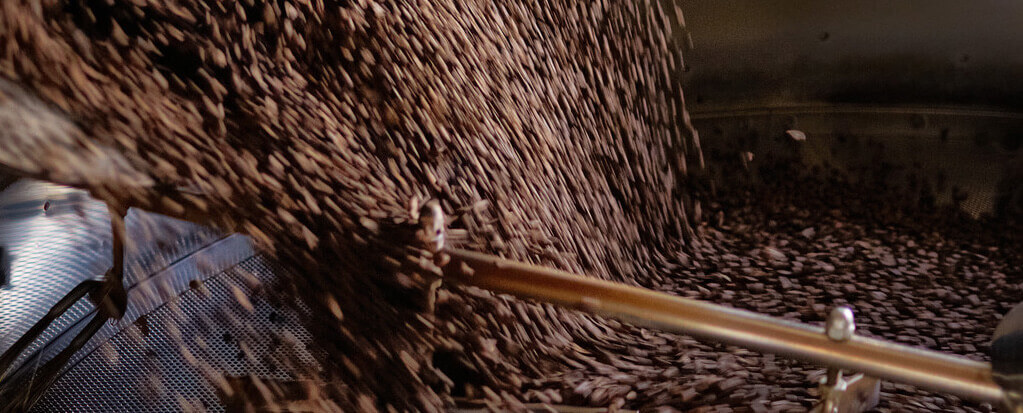Could not save your registration. Please try again.
Great, you are now registered. Welcome to the club and look forward to our updates.

Discover the Lucerne family roastery Rast Kaffee: freshly roasted specialities, perfected by hand and produced sustainably - for pure enjoyment in every cup.
Do you love coffee that not only tastes good, but also tells a story? Then Rast Kaffee is the right place for you.
The Lucerne-based family roastery has been dedicated to the art of coffee roasting since 1918 - with passion, precision and a deep understanding of the bean. Every cup stands for freshness, quality and the commitment of four generations of coffee passion.
Rast Kaffee stands for uncompromising freshness and outstanding quality. Every order is only roasted after it is received - so your coffee is guaranteed to arrive freshly roasted. With over 50 single-origin and plantation coffees, the roastery offers a variety that is unrivalled.
Its multiple awards, including the title of "Roaster of the Year" in Switzerland, are proof of its high standards. Long-standing partnerships with coffee farmers, regular visits to the countries of origin and close ties to the craft make the difference tangible - and palatable.
In Ebikon, the master roasters roast each bean according to an individual roasting profile that is perfectly matched to its origin and characteristics. The coffee passes through precisely controlled steps on modern drum roasters: from homogenisation and drying to the aroma phase and final roasting.
For filter coffee, the lighter roasts end after the first crack in order to emphasise fruity notes. Café Crème roasts develop tart flavours and a full body through longer drumming times. Espresso roasts become darker, reducing acidity and emphasising intense roasted aromas. Each batch is sensory tested and documented in the roasting protocol.
At Rast Kaffee, sustainability is more than just a buzzword - it is our corporate philosophy. The roastery favours long-term, fair relationships with producers, supports sustainable cultivation methods and pays attention to short, transparent supply chains.
When travelling to the countries of origin, quality, prices and growing conditions are discussed directly with the farmers. In production in Switzerland, Rast also pays attention to resource-conserving processes, modern energy efficiency and packaging that ensures freshness and minimises environmental impact. The result is coffee that not only tastes great, but also leaves you with a good feeling.